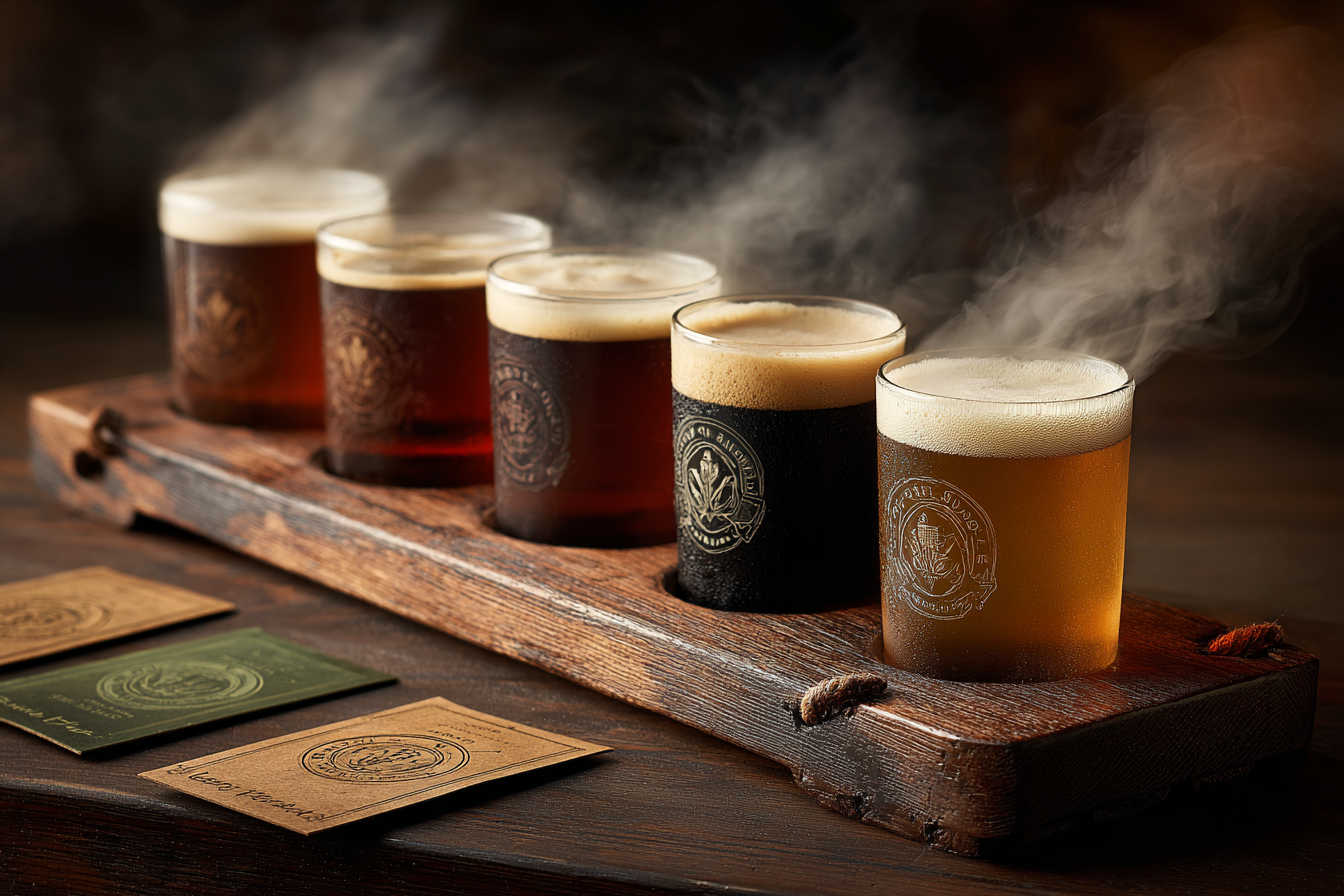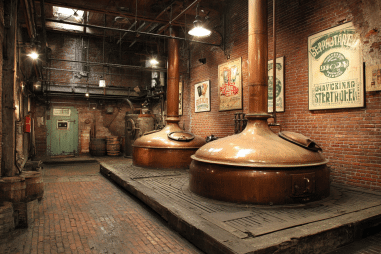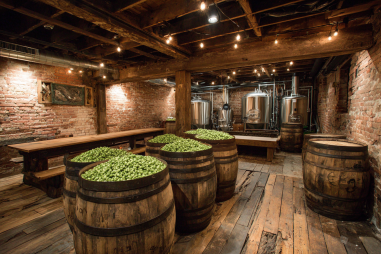American smoked beers offer a unique and compelling drinking experience characterized by a rich interplay of smoky aromas, malty sweetness, and balanced bitterness. These beers have carved out a special niche in the craft beer scene, attracting enthusiasts who appreciate their bold flavors and craftsmanship. But what exactly gives American smoked beers their distinctive taste? In this article, we will decode the essential flavor profiles that define these brews, explore how different ingredients contribute, and guide you on how to best enjoy them.
Understanding Flavor Profiles in Smoked Beer
Flavor profile is a term that captures the overall sensory experience a beer provides—from aroma and taste to mouthfeel and aftertaste. In smoked beer, the flavor profile is especially complex because it incorporates not only the traditional beer ingredients but also the distinctive characteristics imparted by the smoking process. This process involves drying malted barley over an open flame or smoking it with various kinds of wood, which infuses the malt with smoky compounds that carry through to the final beer.
What makes the flavor profile of a smoked beer so intriguing is the dynamic balance between the smokiness and the underlying beer traits like malt sweetness, hop bitterness, and yeast character. The smokiness can range from subtle and delicate hints to bold, assertive flavors. Ultimately, how these elements harmonize depends on the type of malt used, the wood source for smoking, the hops added, and the style of beer being brewed.
Common Smoky Aromas and Tastes in American Smoked Beer
The hallmark of smoked beer is, of course, its smoky aroma and flavor, which can evoke a wide range of sensory images—from campfires and bacon to leather and charred wood. American smoked beers tend to emphasize bright, clean smoky notes, often achieved by using hardwoods such as oak, cherry, or applewood. These woods impart aromas and flavors that are generally less aggressive than the strong peaty character found in classic German Rauchbiers made with beechwood-smoked malt.
Typical smoky flavor descriptors in American smoked beers include:
- Smoky Bacon: A savory, slightly salty aroma reminiscent of cooked bacon or ham.
- Wood Smoke: The clean, fresh scent of burning hardwoods, sometimes with a touch of sweetness.
- Char and Toast: Notes of charred wood, toasted bread crust, or lightly burnt sugar.
- Leather and Earth: Subtle undertones adding complexity and depth.
The intensity of these smoky notes can vary widely. Some brewers aim for a gentle whisper of smoke that complements the malt, while others craft bold, smoky powerhouses that dominate the palate.
The Role of Malt in Shaping Smoked Beer Flavors
The base malt used in smoked beers plays a significant role in flavor development. Most smoked beers start with a pale malt that is specifically smoked over wood fires, but brewers often blend this with specialty malts to enhance complexity. Different malt types contribute a spectrum of flavors:
- Smoked Malt: This is the cornerstone malt that gives smoked beer its signature character. The choice of wood for smoking strongly affects the aroma and flavor.
- Pale Malt: Provides a clean, light base that allows smoke flavors to shine without interference.
- Crystal/Caramel Malts: Add sweetness, caramel, and toffee notes, balancing the smokiness with richness and body.
- Chocolate or Roasted Malts: Used sparingly, they contribute dark, roasted notes that can enhance the depth and round out the flavors.
In many American smoked beers, the malt profile is carefully calibrated to ensure the smoke character remains the star while being supported by enough malt sweetness to offer balance and drinkability.
Hops and Bitterness: The Balancing Act
Hops provide bitterness, aroma, and flavor complexity that can complement or contrast with the smoky malt base. In American smoked beers, hops are often chosen to strike a balance against the smoky backbone rather than overpower it. Many brewers favor American hop varieties that contribute pine, citrus, or floral notes, adding a layer of brightness and freshness.
The bitterness level in smoked beers is generally moderate. Too much bitterness risks clashing with the smoke, making the beer feel harsh or overly aggressive. Conversely, a low to moderate bitterness level helps cleanse the palate between sips and highlights the malt and smoke flavors. Typical IBU (International Bitterness Units) values for American smoked beers range between 25 and 45, though this can vary by style.
When hops are employed adeptly, they can also enhance the perceived smokiness by contrasting it with vibrant hop aromatics, making the beer more layered and enjoyable.
How American Craft Styles Put Their Own Spin on Smoked Beer
American craft brewers have taken the traditional concept of smoked beer and infused it with innovation, leading to a variety of smoked beer styles that differ noticeably in flavor. Unlike German Rauchbier, which often adheres to strict tradition, American smoked beers embrace experimentation with malt blends, wood types, hop combinations, and yeast strains.
Some popular American smoked beer styles and characteristics include:
- Smoked Porter: Combines the roastiness of porter malts with smoky malt, offering flavors of dark chocolate, coffee, and campfire smoke.
- Smoked IPA: An intriguing twist where assertive hop flavors meet subtle smoke, providing a unique smoky bitterness with citrus or pine notes.
- Smoked Amber Ale: Features caramel malt sweetness with moderate smoke, a smooth body, and mild bitterness.
- Experimental Smoked Ales and Lagers: Some brewers experiment with different smoked malt intensities, various wood types, or unusual yeast strains to create complex profiles that vary widely.
This pioneering spirit in American craft brewing encourages drinkers to explore a broad spectrum of smoked beers, each with distinct flavor nuances.
Tips for Tasting and Appreciating Smoked Beer
To fully appreciate the complexity of American smoked beers, a thoughtful tasting approach can enhance your experience. Here are some helpful tips:
- Use the Right Glassware: Choose glasses like tulip or snifter to concentrate aromas, allowing you to better detect smoke nuances.
- Look and Smell First: Observe the color, clarity, and head retention. Take a gentle sniff to identify smoky aromas alongside malt and hop notes.
- Taste with Intention: Take small sips and let the beer coat your palate. Pay attention to the initial flavors, mid-palate complexity, and the finish.
- Consider Food Pairings: Smoked beers pair well with grilled meats, barbecue, aged cheeses, and charcuterie, which can highlight or complement the smoky character.
- Try Different Styles: Sampling a variety of smoked styles can help you discover your favorite flavor combinations.
By engaging all your senses and experimenting thoughtfully, you’ll gain a richer understanding and appreciation of what makes smoked beers so special.
Exploring the Flavorful World of American Smoked Beers
American smoked beers offer a fascinating journey through layers of smoky, malty, and hoppy flavors that create deeply satisfying drinking experiences. From subtle wisps of wood smoke to bold, intense campfire notes, the spectrum is wide and inviting. Coupled with the diversity brought by different malt choices, hop varieties, and innovative American brewing techniques, these beers continue to captivate beer lovers. Whether you’re new to smoked beers or a seasoned fan, taking the time to explore their flavor profiles will open up new dimensions in craft beer enjoyment.







